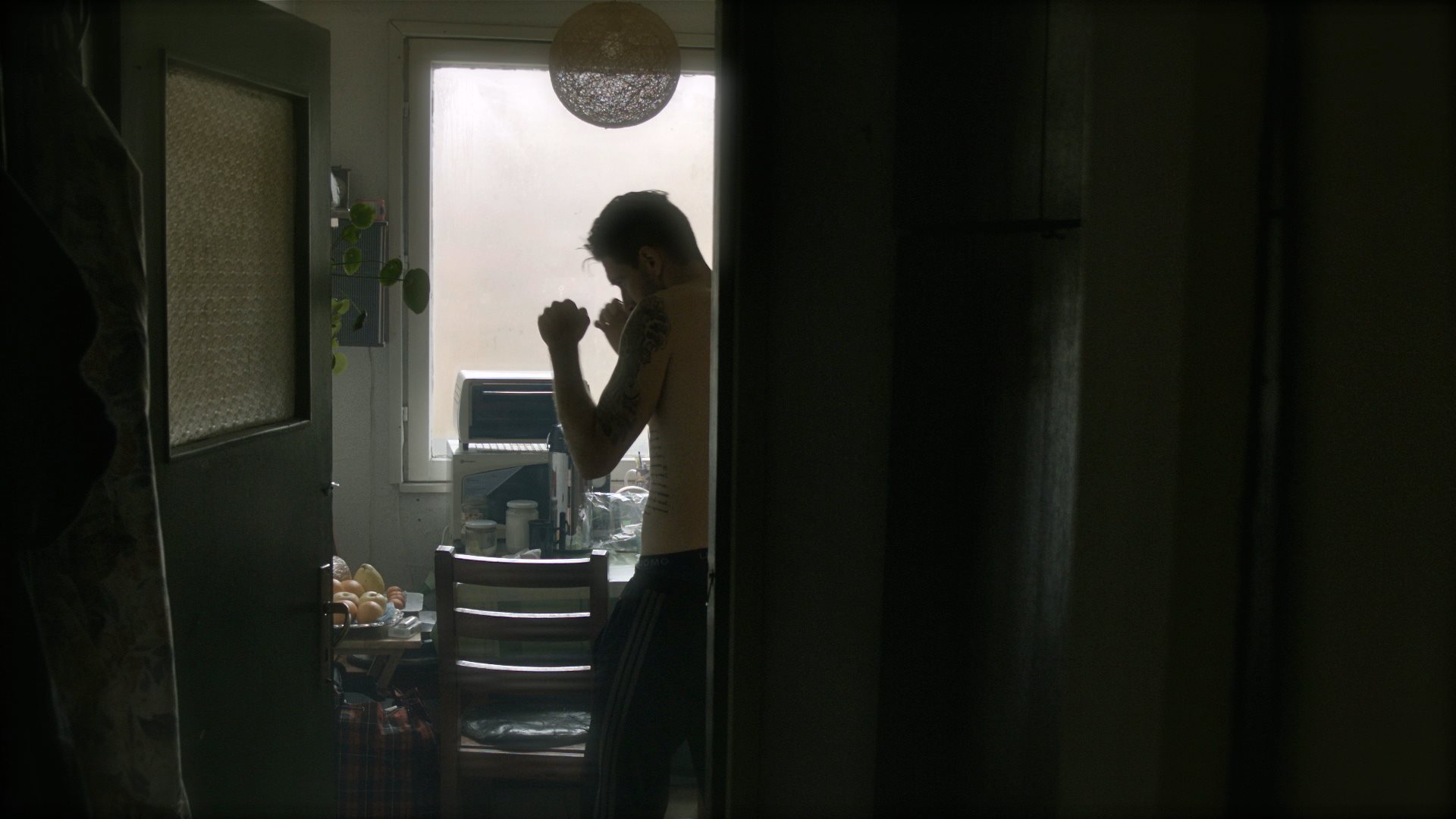As with anything filmmaking related it started with an idea, which crystallised into a coherent story, which eventually ended up on paper in the form of a screenplay. I am not going to go into detail on how to format your screenplay to the industry standard format in this email, but rather share with you my thought process my screenplay for my feature film”Bandit”, which I shot on the Blackmagic Cinema Camera 2.5K. This is not a step by step guide of how I wrote it, but more of a few reasons and the thought process behind what I was trying to do with my film – which can be quite difficult to explain, hence why I wanted to put my thoughts in an email and share with you – as I believe the more you understand why you are writing a specific story, the better you would be able to tell it on screen.
I am a firm believer in developing a strong reasoning for your screen play – understand your reasons and what you’re trying to achieve with your screen play. Some write on spec, others like you – want to write their feature film debut and make it on their terms. That’s something you don’t read about very often in screenwriting books.
I don’t think there is an easy way or a “one-size-fits-all” formula to getting your screenplay done, it’s a steep road, but one that each screenwriter will have to go experience in their own way.
Here’s mine.
The initial idea – just the gist of it, can be a single sentence – I write it in a SYNOPSIS Word file I keep on my computer. Write your ideas down, no matter how dumb or cheesy they may seem later on. Soon you’ll get a few good ones.
Leave it for a day or two.
Go back to it – write a few more sentences.
Now it should resemble a synopsis – just a short, to the point, description of what your screen play is about.

BMCC frame grab, which ended up the poster.
Here’s mine for Bandit:
“Belyata, a misfit, who usually ends up on the wrong side of the law, is released from prison and returns to his home town where he finds out his twin sister has been tormented by a corrupt local cop. As he unravels the truth and seeks to deliver his own brand of justice, Belyata realizes some stones are better left unturned.”
After this – I started writing each scene in chronological order, just as I envisioned it would happen on the screen.
Again, there are thousands of screen writing books and HOW TO guides out there – some good, some not so good. Try a few, I did. But most didn’t work for me. Why? Am I special? No, on the contrary – the screen writing process is very different for everyone and what worked for me, may or may not work for you, but I am sharing it with you anyway with the hope that it helps you.
To simplify and summarize, I’ll best be able to give you my screenwriting reasoning (or more like guidelines I set myself to follow) in the bullet points below:
- I Chose to Focus on Character, Not Plot
In my case, for some reason it always starts with a character at odds with his surrounding environment, whether nature, place or people. Much more than the plot itself this comes into the frame much later.
For “Bandit” the initial idea for the film was to simply follow an ex-convict reconnecting with his family, and in the process realizing that no matter how hard he tries, he can’t change the fact that all he had is lost and he can’t really change who he is really is. Again, possibly not such an original concept, but still very different from plots and characters was usually featured in so-called “gangster/crime genre films” – in which you always see criminals glamorized and portrayed as these “power, money” hungry guys who just want to be successful and be respected.
- A Lead Character in a Familiar (Genre) Situation, But With a Twist!
It’s not uncommon to have the main character, hero or anti-hero of a crime based story, return to his hometown, or place of previous existence before his circumstances drastically changed. In my film, the main character – Belyata, returns ot his home town in Bulgaria, after a tour in the UK where he spent some time in prison.
Back on home soil, he desperately tries to reconnect with his only remaining living relative – his twin sister. He finds out their mother died and his sister had to sell off the apartment in order to survive, moving out to live with her girlfriend. After hearing that his sister has some problems with a corrupt cop, he decides to take matter into his own hands and deal with the problem with violence – the only way he knows how to express his feelings.
It’s a primal response, possibly the most primal of all, and that defines his character – someone who tries to be civilized, but his surroundings prohibit him from doing so, thus he reverts to his usual primal state. But this time, it’s more fierce and perverse than ever before, as he realizes he is actually in love with his sister. He’s always been. It’s a sick feeling, one that crushes him inside, but he knows that he needs to destroy the very people responsible for her agony.
- I Chose Raw, Visceral Impact Instead of Cheap Cliches
I knew that I needed to set up the tone and violence in the film to levels up to this point not shown in Bulgarian films or films of similar Eastern Euro fare (with a few notable exceptions – one of them being “A Serbian Film” which is a political horror film, which isn’t for the faint of heart).
Ever since the first draft of the script, I knew that a pivotal part of the film would involve a dismemberment scene in a bathtub and it needed to be quite gruesome and realistic.
I intentionally wanted to take a more sideline approach and have the camera be a close observer to the action – an objective silent observer, who wouldn’t shun away at the side of blood or violence. While writing the screenplay, I constantly envisioned each detail of the scene and decided the only way to get a consistent look was to have the whole film shot handheld, which on the one hand would save us time we didn’t have, and also be a more realistic view-point.
- The Less Dialogue, The Better!
For me, this was especially important, as it played well with the theme of isolation and combined with the fact that some of the characters in the film were played by my friends (and even I am in the film) who have little to no acting experience, made the process a bit easier.
All this depends of course on your particular writing style, and if you are verbose like me you’d probably tend to oversaturate your dialogue scenes with long sentences and quirky lines. Keep in mind that if your acting talent is not very polished or experienced, this will add quite a bit of takes and make your life more difficult on set. Instead try to focus on shorter, sharp, to-the-point sentences, mimicking real life as much as you can.
A cool line of dialogue may sound really cool and awesome on paper, but when uttered by an actor, it may fall flat regardless of their talent or experience. Also use the feedback from your actors when you start shooting or better yet in the rehearsal process.
I would love hear about your screen writing process. Drop me a line in the comment section below.
Next week, I’ll tell you a story about the casting and re-casting of my film and how it all nearly collapsed…
Disclaimer: As an Amazon Associate partner and participant in B&H and Adorama Affiliate programmes, we earn a small comission from each purchase made through the affiliate links listed above at no additional cost to you.



